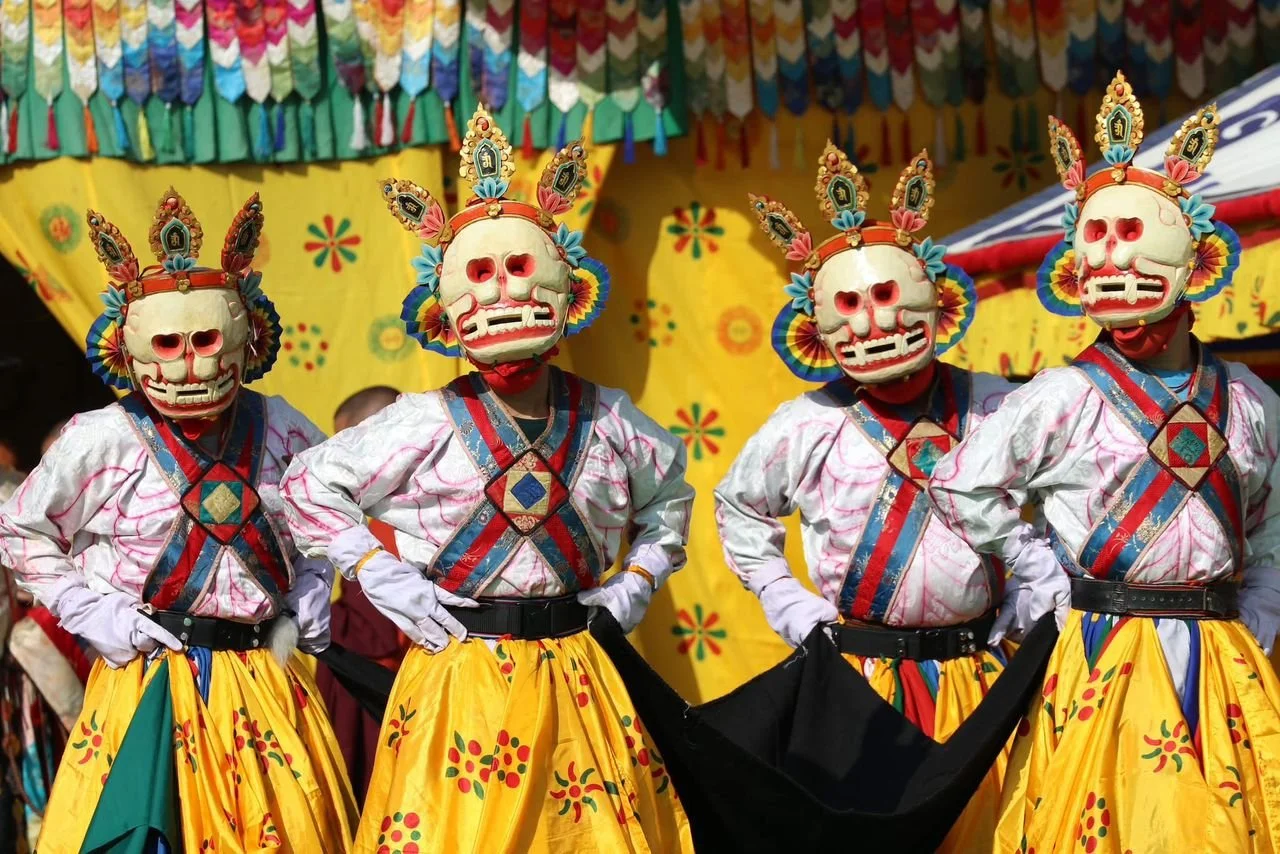{Part 3 - Our Founding Director Fionna Heiton is currently travelling in Tibet with her teenage twins}
Nestled above a deep valley, the glorious remote villages of Danba settle above a large array of dramatic mountain slopes. Attracting many artists and photographers, Danba is also known as the ‘Kingdom of Watchtowers’ and ‘Valley of Beauty’. It is one of those unique destinations offering tranquility, picturesque scenes and friendly welcoming people.
We stayed at Pema’s homestay, munching on fresh steamed bread with eggs for breakfast. Her welcoming hospitality made our stay much more special.
Above the house we followed tree lined paths, offering shade from the sun. As we climbed above the village under endless blue skies, the views were simply stunning of the ancient watch towers and traditional houses dotted throughout the landscape.
It would be nice to think that Danba can retain its charm well into the future, as more people discover this village paradise.
For more information on our Tibet trips, click here.








































